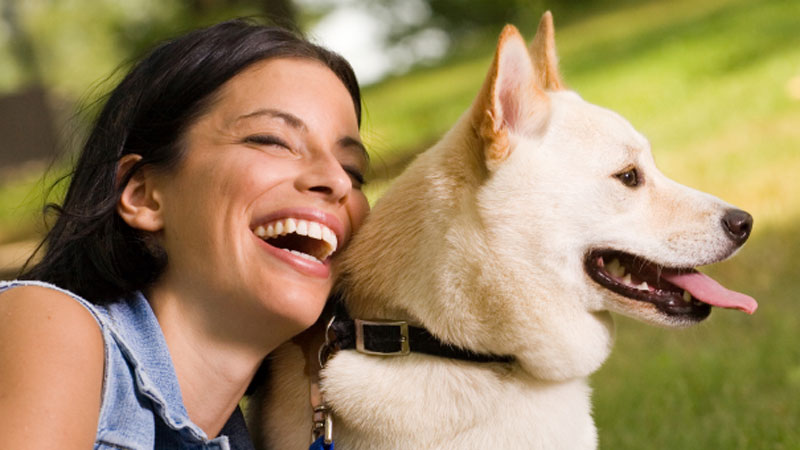Lumps & Bumps
Skin tumours are incredibly common, and most dogs will have one during their lifespan. They can range from tiny skin tags to aggressive life-threatening masses. For this reason, it is important to get any new lumps checked with the vet, so they can be assessed.
We look at the size of the lump, whether it is ulcerated or smooth, firm to touch or soft, does it feel invasive or can you easily pick the lump up. How rapidly has it grown? It’s also important to consider the position; a small wart on the body won’t be an issue but a similar wart on an eyelid can lead to eye ulcers.
After this initial assessment, we may advise removal straight away if the lump is causing a problem. Or we may perform something called a fine needle aspirate. This can be done in a normal consultation and involves taking a sample of cells from the lump using a syringe and needle. Most dogs tolerate this procedure very well. It is useful to diagnose fatty lumps, mast cell tumours or cysts but unfortunately, we don’t always obtain enough cells and it can be inconclusive.
Skin tags are common in all dogs, they can occur anywhere on the body. They are benign and generally do not need to be removed unless they become traumatised. Warts are cauliflower like masses, they can appear anywhere, they are benign and again only need to be removed if they get infected or sore. Histiocytomas or ‘Strawberry tumours’ mainly appear on the head or limbs of young dogs. They are also benign and usually regress spontaneously.
Cysts can be fluid filled or can contain thicker material. They can rupture and become infected but will often not cause a problem so rarely need to be removed. Lipomas are fatty lumps. They usually occur under the skin anywhere on the body, but they can be deeper in the muscle layers. The main problem with lipomas is that unchecked they can grow to the size of a melon and cause ambulatory problems. For this reason, they tend to be removed if they reach the size of an orange. Smaller ones do not cause a problem.
Mast cell tumours are malignant lumps that can occur anywhere on the body. They are more common in certain breeds e.g. Boxers and need surgical removal as soon as possible. They vary in malignancy. Low grade ones can be cured by a wide surgical excision but the more aggressive ones maybe incurable or need chemotherapy. Melanomas are usually pigmented. They can occur anywhere and can be benign or malignant. For this reason, they should always be removed.
There are many more types, but these are the most common. If you find any lumps get them checked so that your vet can take the appropriate action.


